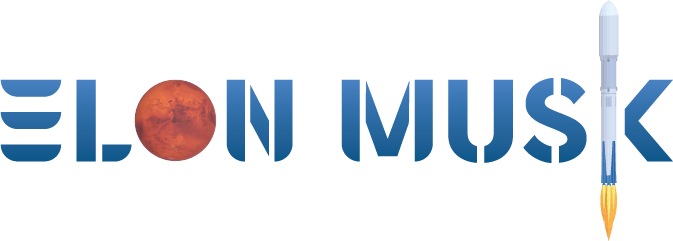
Your iPhone is probably a satellite phone. Here’s how it could help you.
- by Vox
- Oct 03, 2024
- 0 Comments
- 0 Likes Flag 0 Of 5

Oct 3, 2024, 11:00 AM UTC
A woman looks at her smart phone in the aftermath of Hurricane Helene on October 1, 2024 in Bat Cave, North Carolina.
Sean Rayford/Getty Images What to do — and what to avoid — to help those affected by Hurricane Helene
Apple isn’t the only one getting on the satphone bandwagon. Google rolled out a similar service called Satellite SOS for its Pixel 9 series devices, which hit shelves in August. It’s also free for the first two years, and you have to be using the Google Messages app.
These texting services are not necessarily designed to be lifelines. In fact, Apple specifically says, “Messages via satellite shouldn’t be used in emergencies.” That’s what its Emergency SOS via Satellite feature, which has been around since 2022, is designed to do. Google similarly offers a Satellite SOS feature. Apple also offers Roadside Assistance via satellite in case your car breaks down or crashes in a remote area.
The big difference between the texting services and those SOS options is that, instead of staying in touch with family and friends, the SOS services connect you directly to emergency services, with whom you can share your location and details of your emergency. The new iMessage and SMS service, for now, amounts to a fun, free way to text your friends when you summit Mount Everest. And it obviously comes in handy if “biblical devastation” strikes your part of the world and you want to let loved ones know you’re okay.
To test out Apple’s satellite messaging feature, navigate to the Control Center, tap Satellite, and then Try Demo.
Apple/Vox
Apple and Google did not enable these futuristic new services with a simple software update or even a new generation of phones. Enabling cellphones to connect directly to satellites — also known as direct-to-cell technology — has been years in the making. More access to satellite-based communication has also changed the sky. You can now see constellations of satellites flying above you, designed to solve the very difficult problem of beaming signals from your phone up to space and back down to someone else’s device. To make this possible, a growing list of companies is launching even more satellites into orbit and developing new methods of triangulating signals called beamforming.
If you’re familiar with the satellite-based broadband pioneered by companies like Starlink, the way direct-to-cell satellite technology works will sound familiar. The basic idea is to create cell towers in space. That way they could receive signals from devices on Earth’s service and bounce it back down to terrestrial cell towers or even specific devices, much in the same way networks of cell towers keep all our phones connected here on the ground.
To do this, a number of companies have launched large constellations of satellites into low Earth orbit a few hundred miles up, where they speed around the planet at tens of thousands of miles per hour. The challenge then is to find devices on the ground while the satellites are moving so quickly. That’s where larger antennas and beamforming come in. Larger antennas help the satellites pick up more radio waves as they speed by, and beamforming allows the satellites to send signals from multiple sources that converge to create a stronger signal. (If you’d like a more technical explanation of how this works, this is a good guide.)
Related:
Please first to comment
Related Post
Cybertruck Review Includes Eggs And Dog Poop
- Feb 23, 2025
Stay Connected
Tweets by elonmuskTo get the latest tweets please make sure you are logged in on X on this browser.
Sponsored
Popular Post
tesla Model 3 Owner Nearly Stung With $1,700 Bill For Windshield Crack After Delivery
35 ViewsDec 28 ,2024
Middle-Aged Dentist Bought a Tesla Cybertruck, Now He Gets All the Attention He Wanted
32 ViewsNov 23 ,2024






 Energy
Energy



















